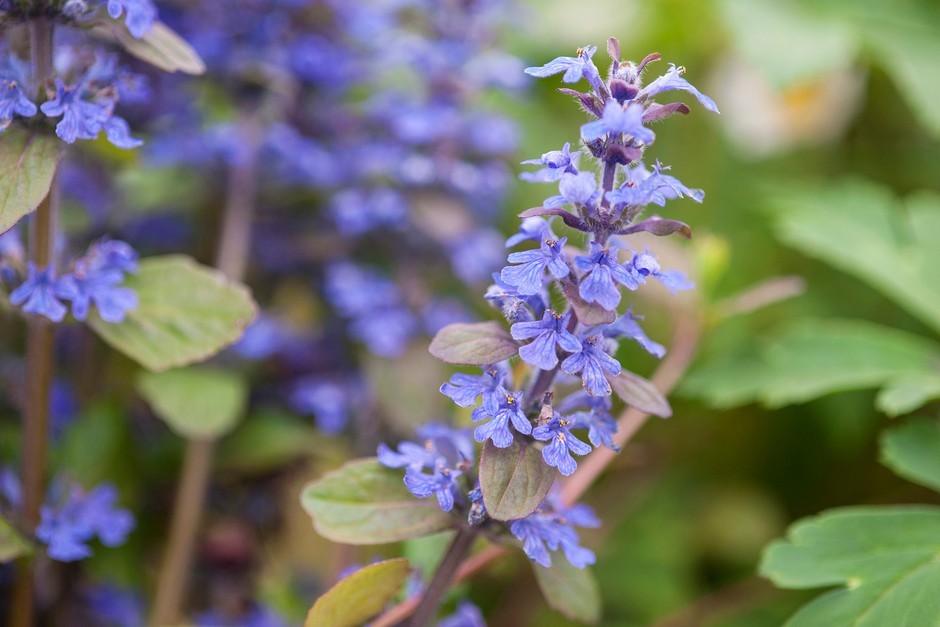
Ajuga Reptans
Normally: $29.99

-
Appearance: Bugleweed typically grows to a height of 0.50 to 0.75 feet and spreads about 0.50 to 1.00 feet. It features
shiny, dark green leaves and produces whorls of tiny, blue-violet flowers that appear in mid to late spring. The plant maintains a low
profile, making it an excellent choice for ground cover.
-
Cultivation: It grows well in average, medium moisture, well-drained soils and can thrive in both full sun and part shade.
The best foliage color often appears in part-sun locations. Ajuga reptans prefers moist, humusy soils but can tolerate moderately dry ones.
It's vital to provide good air circulation to prevent crown rot, especially in hot and humid climates.
-
Maintenance: This plant has low maintenance requirements. You can divide the plants if they become overcrowded. After
flowering, you may cut the plants back to the ground to rejuvenate the foliage. For large plantings, mowing on a high setting can be done to
remove spent flower spikes and tidy up the appearance.
-
Cultivars: There are numerous cultivars of Ajuga reptans, each offering different leaf colors and patterns. Some popular
varieties include 'Artic Fox' with green leaves and dark purple flowers, 'Atropurpurea' with glossy bronze-purple leaves, and 'Black
Scallop' featuring dark maroon leaves.
-
Uses and Benefits: In addition to being a charming ground cover in gardens, Ajuga reptans has traditional medicinal uses.
It has been used in Austrian medicine as a tea for respiratory tract disorders. The plant is also a nectar source for various butterflies
like the pearl-bordered fritillary and small pearl-bordered fritillary.
- Wildlife Attraction: The flowers attract bees and butterflies, making it a beneficial plant for supporting local pollinators.
Ajuga reptans
Best uses
Great quick-growing ground cover. Good for low-maintenance banks and slopes, flower beds and garden borders.
A low-growing, evergreen perennial.
Flowers and foliage
A great mat-forming perennial with dark green, obovate leaves producing erect spikes consisting of six or more rings of dark blue flowers in late spring and early summer.
Preferred site
Performs well in sun and shade, although it may scorch in particularly hot sites. It will also tolerate poor soils.
Preparation for planting
Ground cover plants respond to fertile soil. Thorough site preparation will ensure healthy plant growth and reduce long-term maintenance costs. Eradicate all weeds and incorporate organic matter into the top layer of the soil before planting. Autumn is the best time for planting, as the soil is moist. At planting, apply a light application (one handful per square metre) of general-purpose fertiliser, such as blood and bone. A generous layer of fine bark mulch will conserve moisture and prevent weeds. When planting on steep banks, it is best to cover the area in a biodegradable weed mat (e.g. a wool-based product or wet newspapers) and plant through it. These will eventually decompose as the ground covers will grow into each other.
Maintenance tips
Feed annually in spring with a balanced fertiliser, such as blood and bone, at a handful per square metre. Most plants require some grooming and pruning to keep them looking good. Perennial ground covers are best divided every 4 - 5 years to rejuvenate them. Propagation by division is easy; just lift and separate off small rosettes of growth that have rooted stems. Once established, you can quickly and easily bulk up plant numbers.
Ecological and biodiversity benefits
The flowers are adapted for bee pollination, with lipped petals and nectar available at the base of the long, tube-like corolla.
Pests and diseases
May suffer from powdery mildew.
Companion and combination plants
Easily combined with other border plants or woodland plantings.
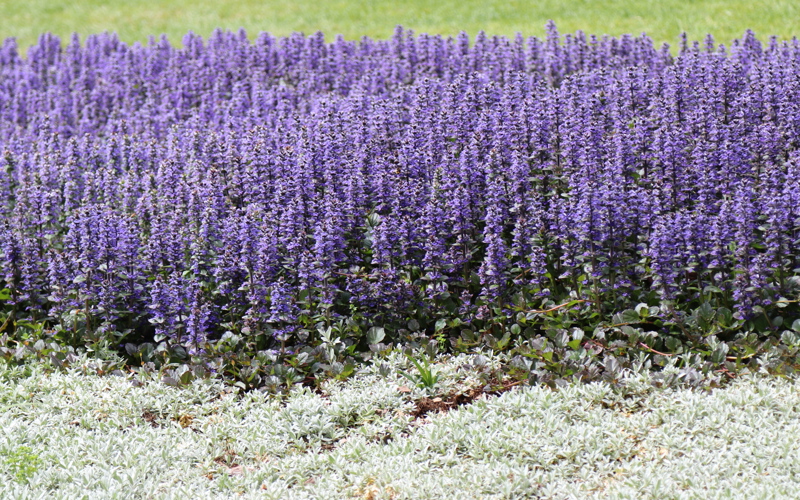
.jpg?anchor=center&mode=crop&width=800&height=500&rnd=132106820394330000)
.jpg?anchor=center&mode=crop&width=800&height=500&rnd=132106820439700000)
.jpg?anchor=center&mode=crop&width=800&height=500&rnd=132106820488400000)

.jpg?anchor=center&mode=crop&width=800&height=500&rnd=132106820394330000)

.jpg)
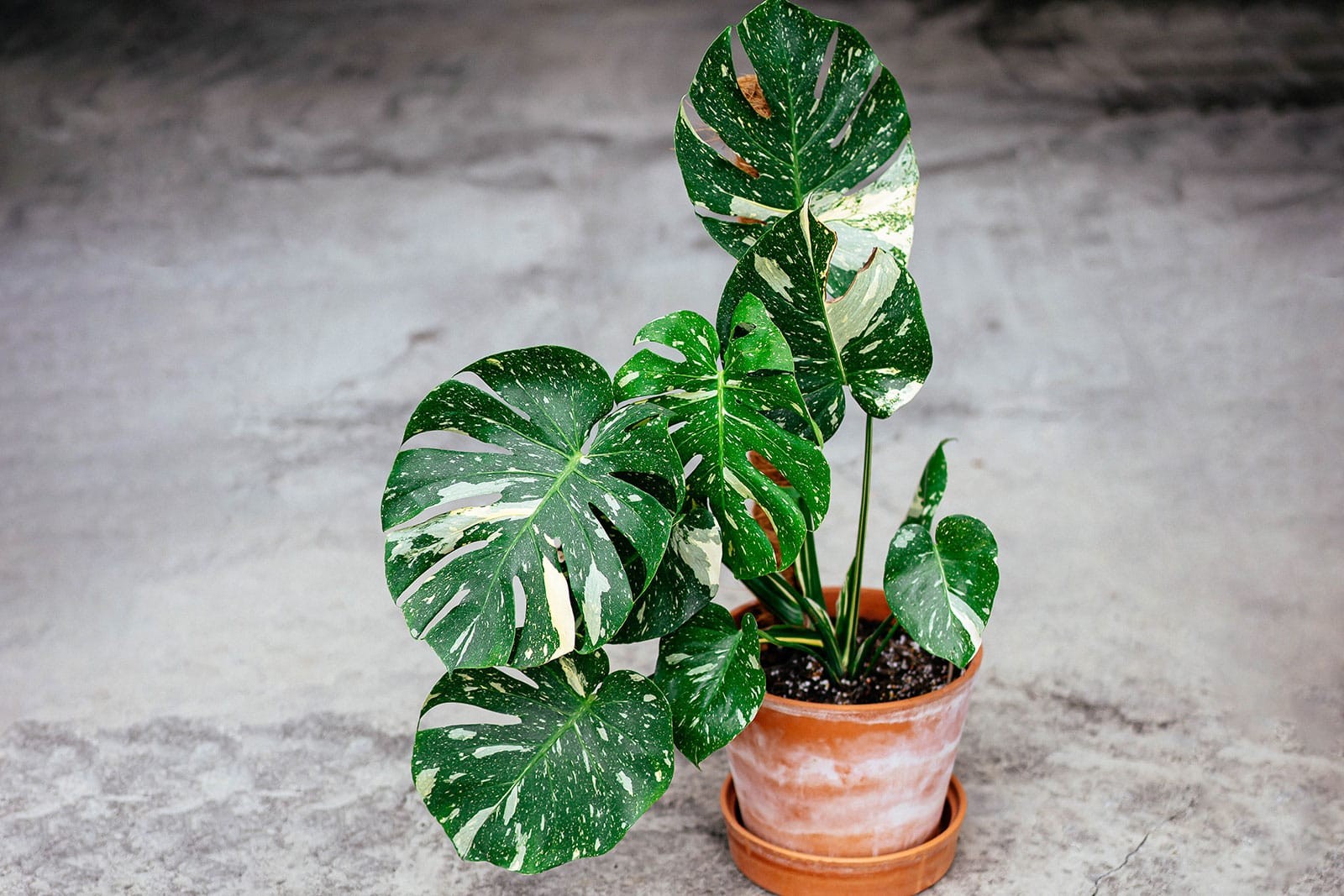
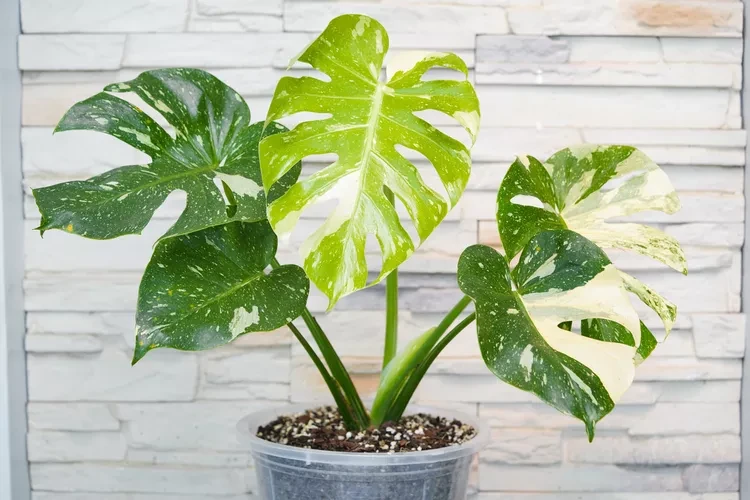

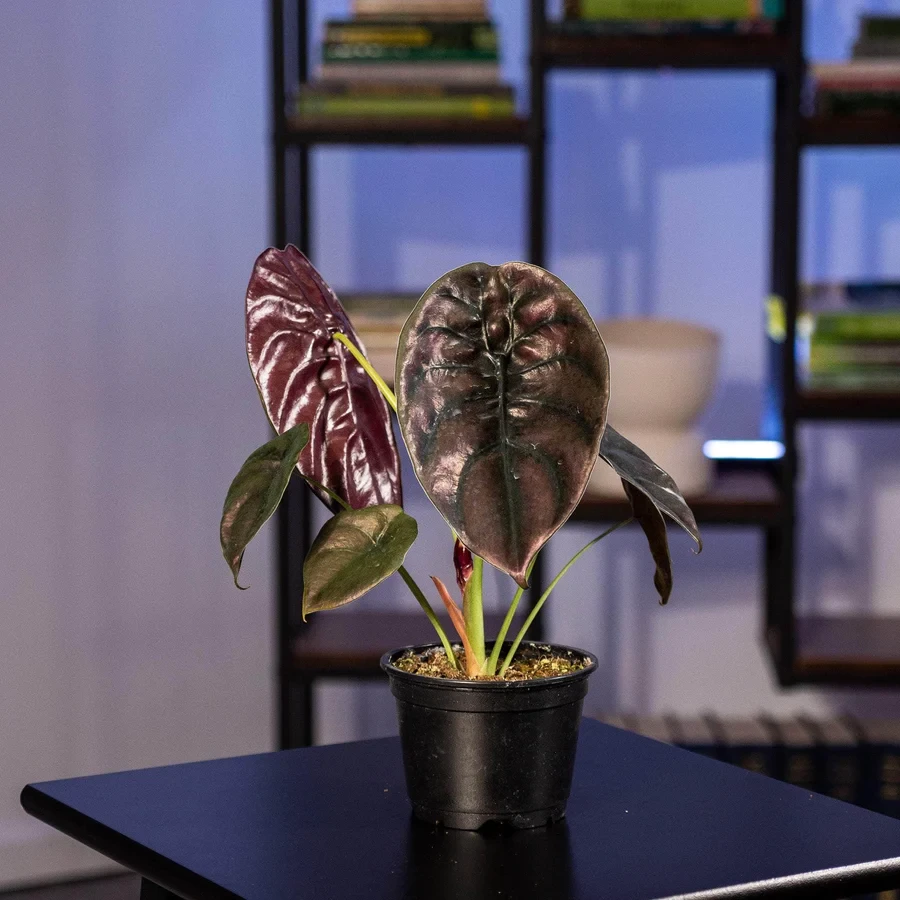
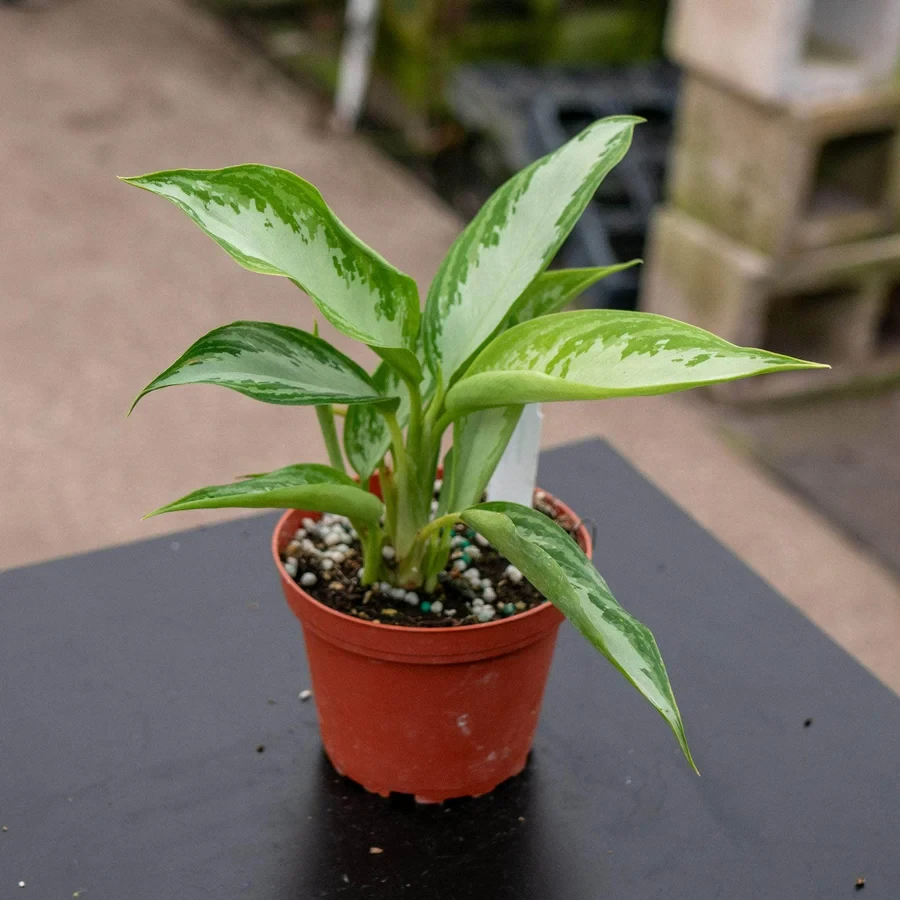

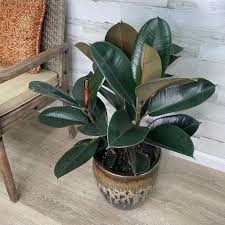
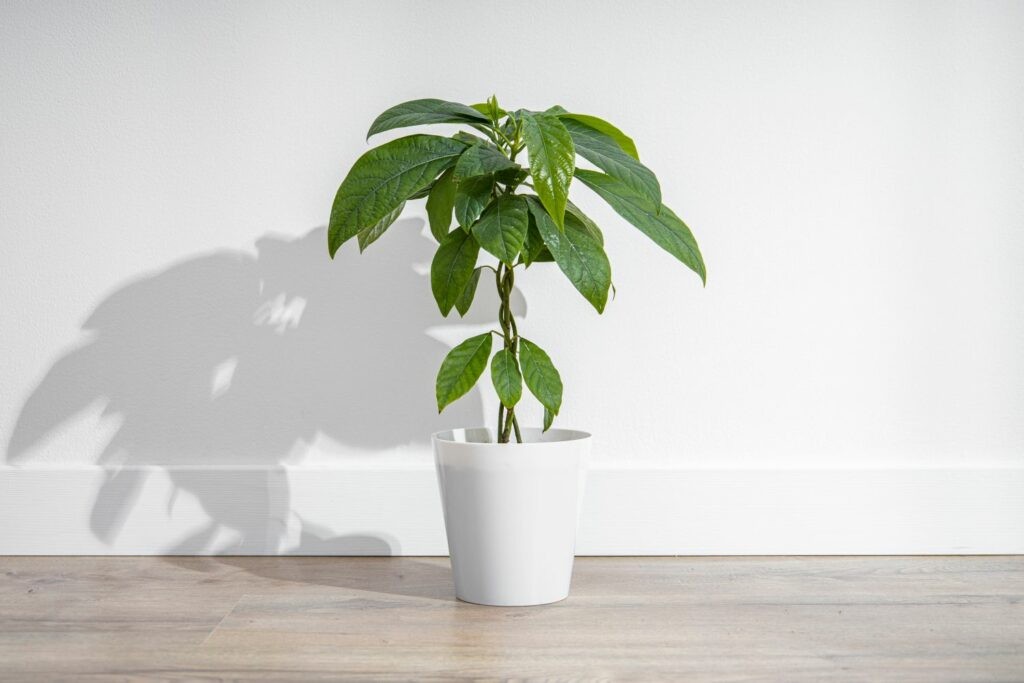
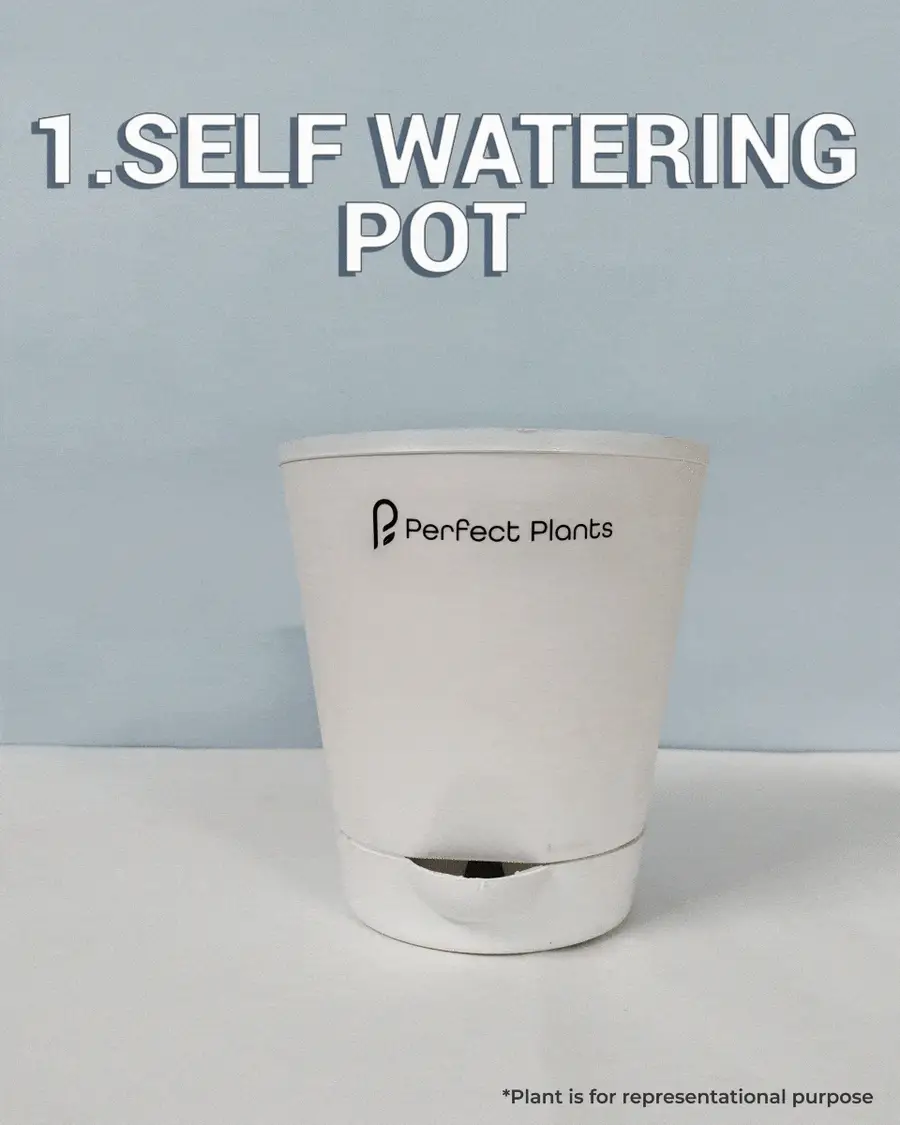

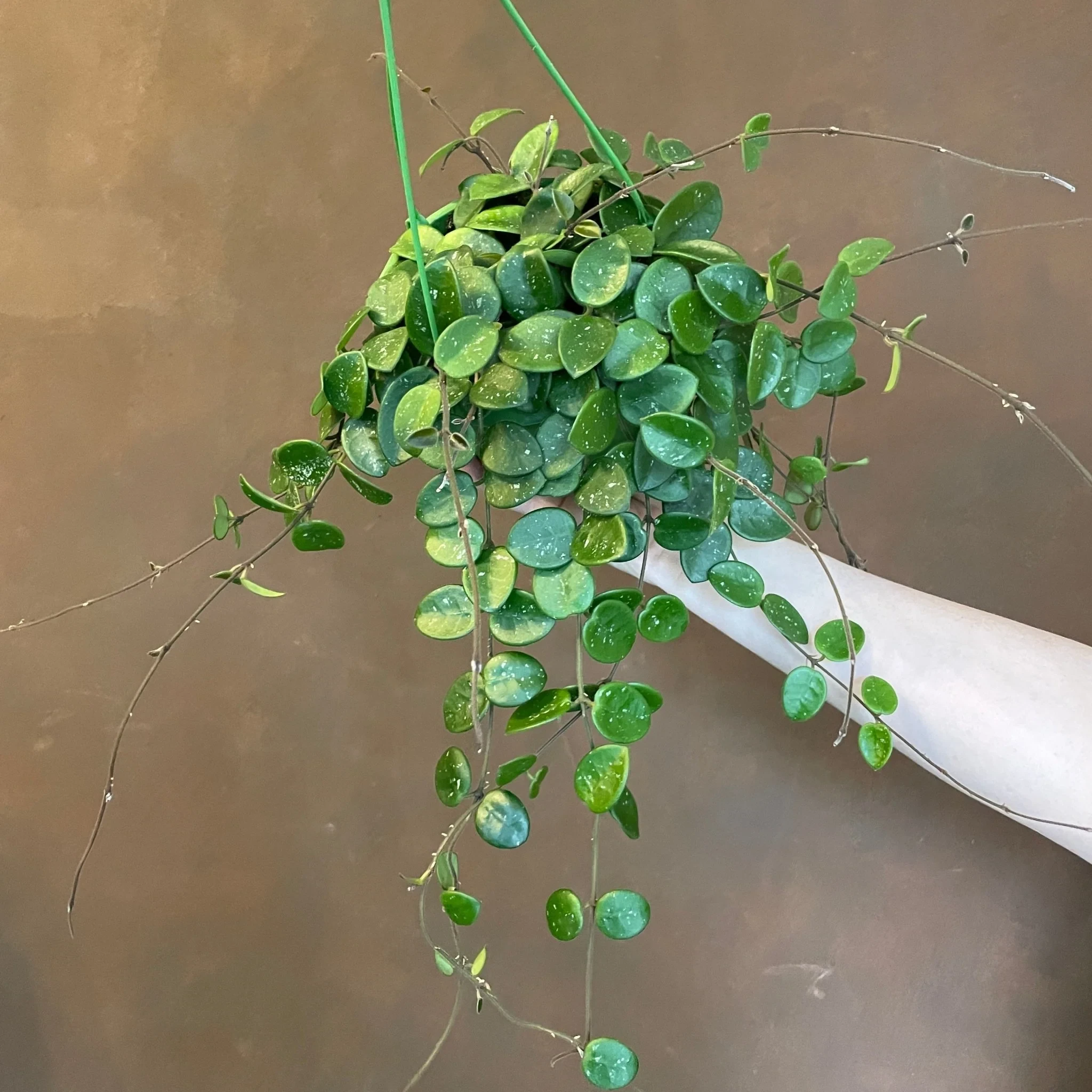
.webp)
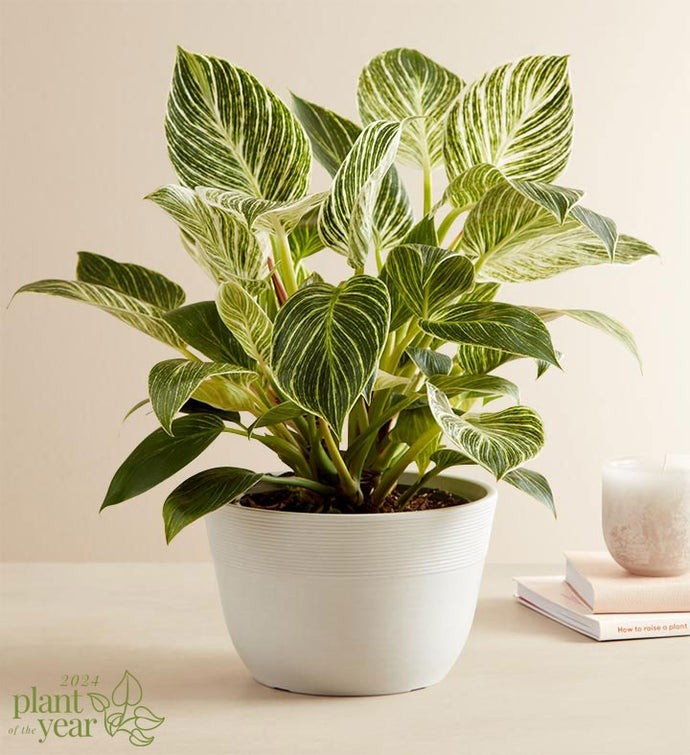







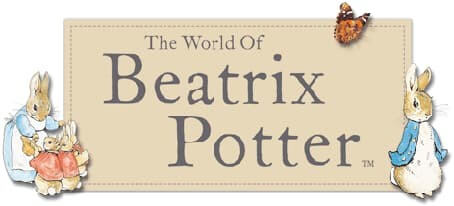

.jpg)









































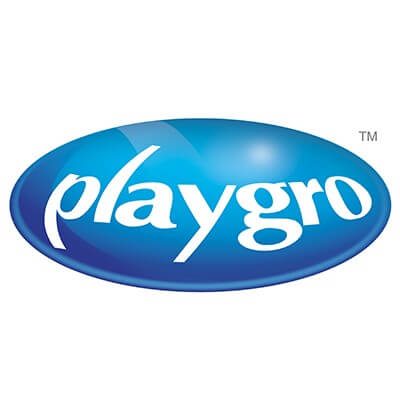
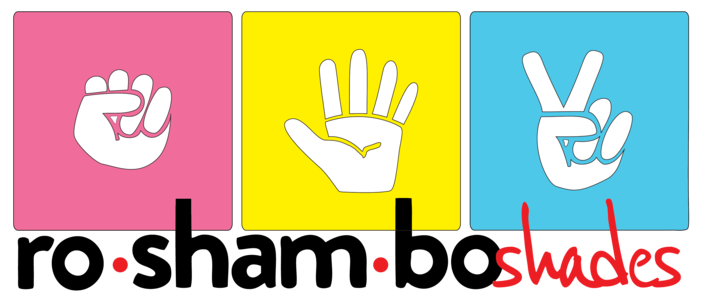





ulva-Logo.jpg)
